Veeva Crossix
Improve Marketing Effectiveness
with Veeva Crossix
Leverage modern, privacy-safe analytics to better target and measure HCP and patient marketing.
Learn how Genentech uses data to deliver impactful messaging to the right HCPs and patients
Activate and evaluate marketing performance
Reach qualified health audiences across media channels and measure the impact of advertising on health behavior.
Crossix Measurement Suite
Connect Marketing to Health Outcomes
Measure and optimize HCP and patient marketing based on the metrics that matter most—patient behavior.
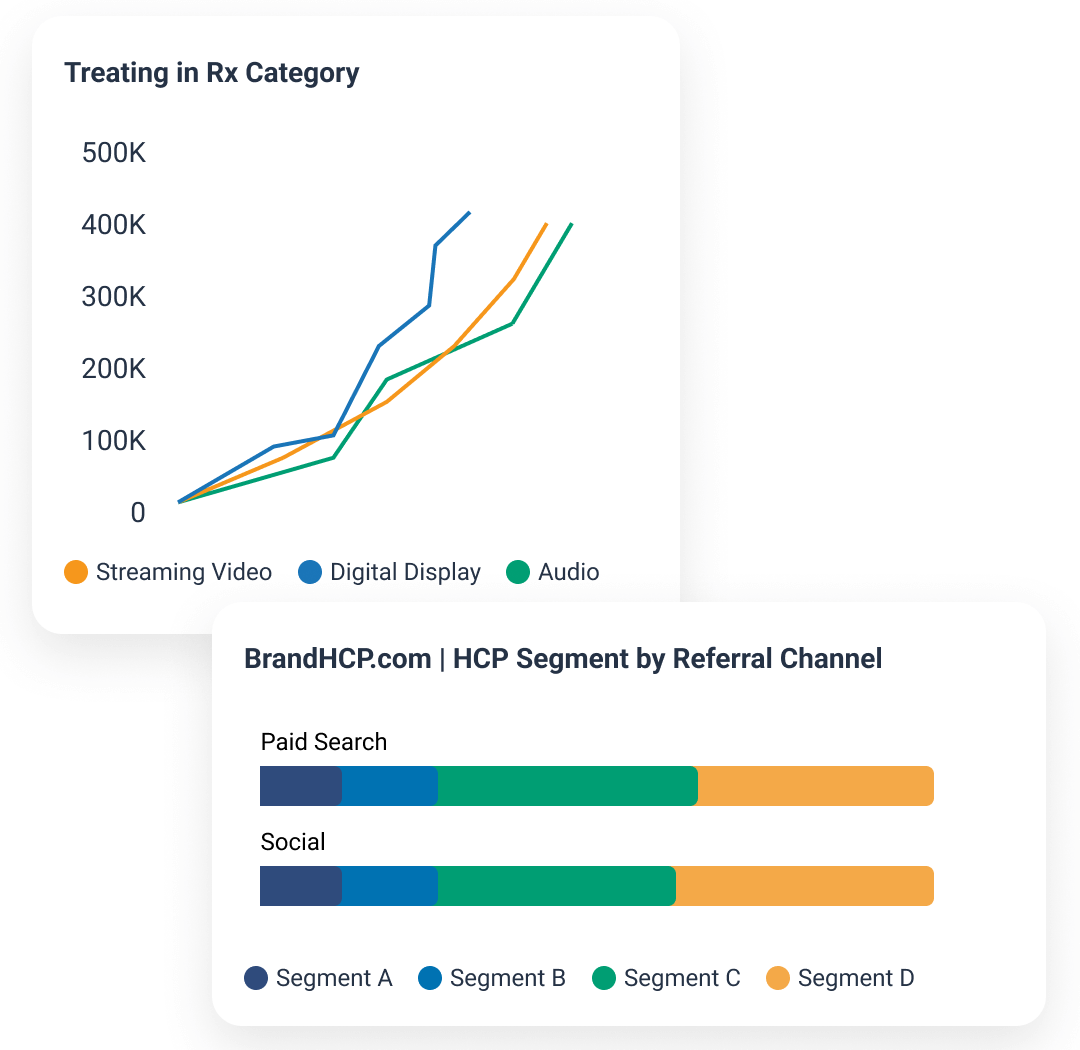
Crossix Audience Segments
Reach HCPs and Patients Across Channels
Privacy-safe solutions to engage target audiences across digital, programmatic, social media, and targeted TV.
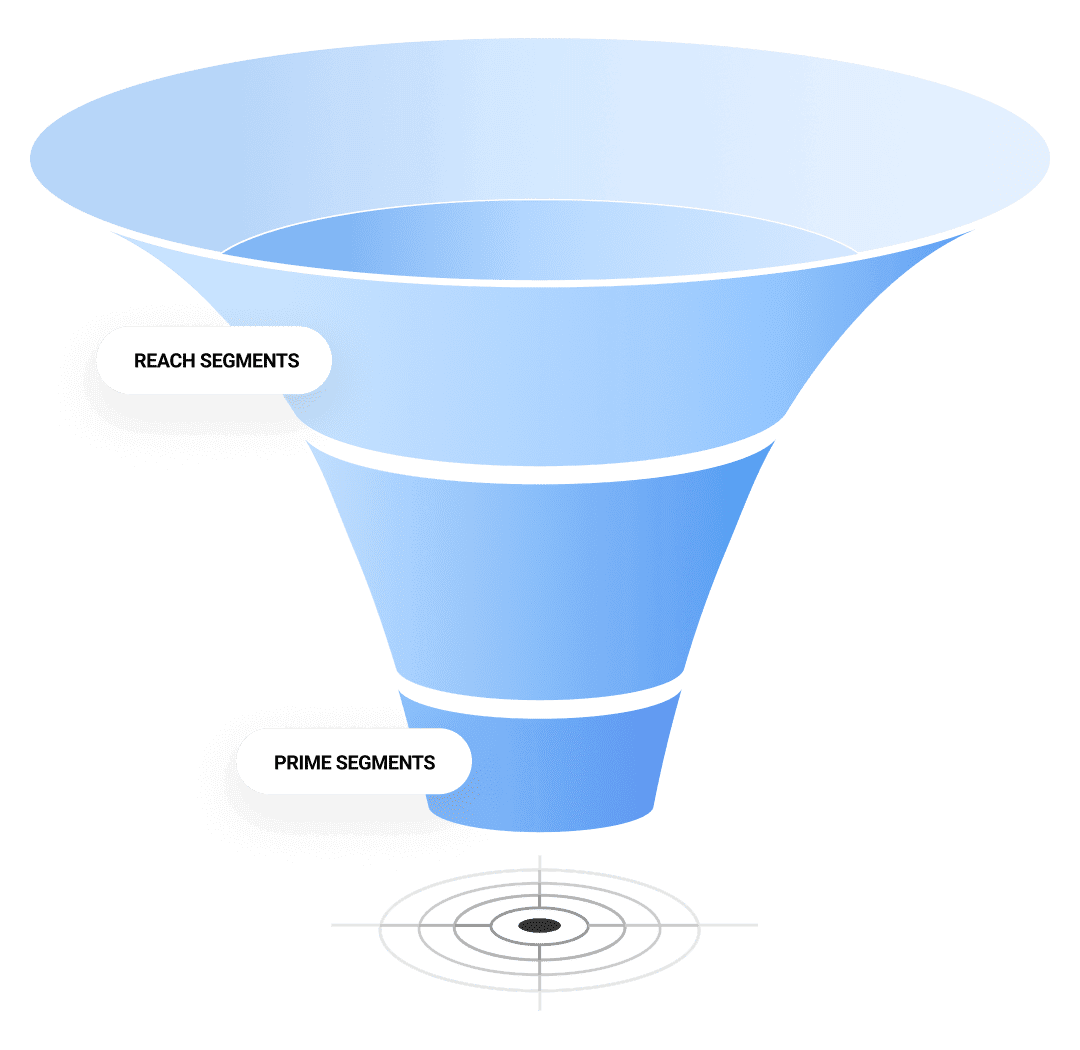
Prime Segments
Custom-built segments to reach precise health audiences.
Reach Segments
Deliver advertising to key health consumers.
HCP Segments
Reach HCPs, at scale, across programmatic, social media and endemic sites.
Targeted TV
Target health audiences through addressable TV, connected TV, and and data-driven linear TV buys.
Crossix Custom Analytics
Deeper Insights for Omnichannel Marketing
Use connected data for patient profiling, field suggestions, and more.
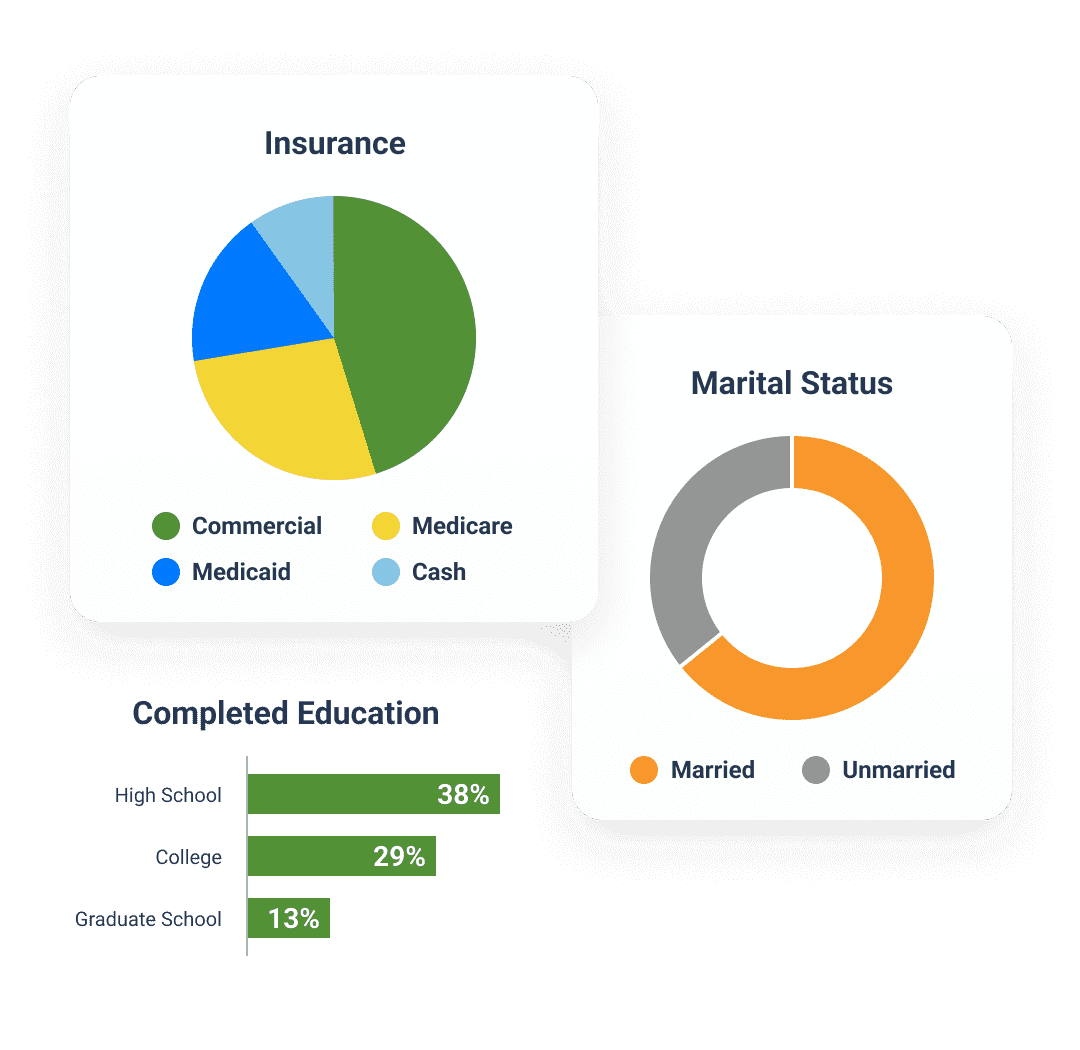















Industry Insights
Read Case Study
How AstraZeneca and Pfizer are Scaling Marketing Analytics for Success
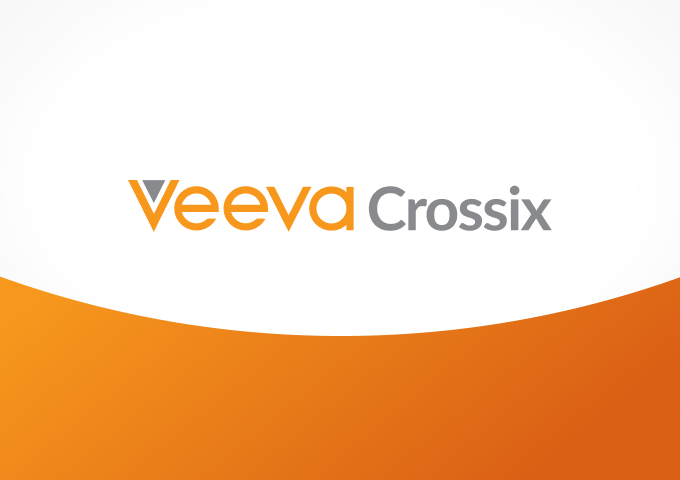
Read Report
Closing the Gap: New Science, New HCP Expectations

Read Article
GSK: Improving Marketing Performance with the Right Combination of Data

Learn More
Genentech: Using Data to Reach Patients More Efficiently

Learn More
UCB: Driving Launch Success with Marketing Analytics

Learn Core Requirements
5 Things to Look for in a Marketing Analytics Partner

Learn How to Increase ROI
A Guide to Audience Targeting for Health Brands

Learn More
From Awareness to Action: Balancing Reach and Precision for an Oncology Campaign

Read More
A Rare Disease Brand Uses Marketing Analytics to Improve Campaign Performance



